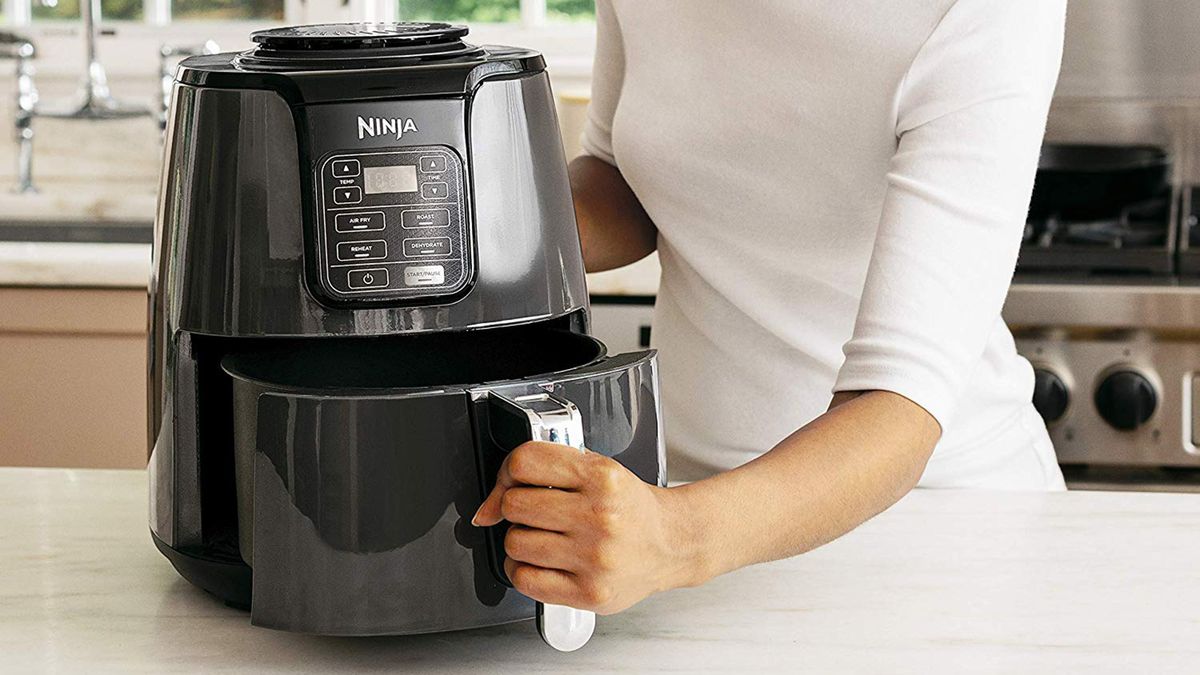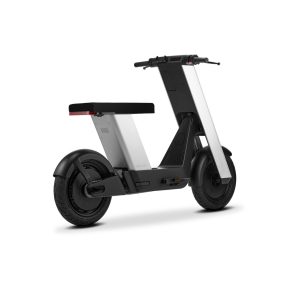Air fryers have become kitchen essentials for their ability to create crispy and delicious meals with minimal oil and effort. But as with any appliance that generates intense heat, using them safely requires attention to detail that many owners overlook.
Improper air fryer use isn’t just about subpar cooking results — it can lead to damaged equipment and a shortened lifespan. In extreme cases, a misused air fryer and even create a fire hazard. Even those with the best air fryers on the market should adhere to these safety practices.
These seven simple guidelines will help protect your investment, maintain optimal cooking performance, and ensure your air fryer remains a safe, reliable kitchen helper for years to come.
1. Place on a flat surface

(Image: © Ninja)
For optimal performance and safety, your air fryer must sit on a flat, heat-resistant, and well-ventilated surface.
An uneven surface can cause the appliance to wobble or tip, which not only restricts proper airflow but could potentially lead to overheating and damage.
Kitchen countertops made of stone, tile, or solid wood work well, but avoid placing it on unstable or flammable surfaces.
2. Ensure proper ventilation
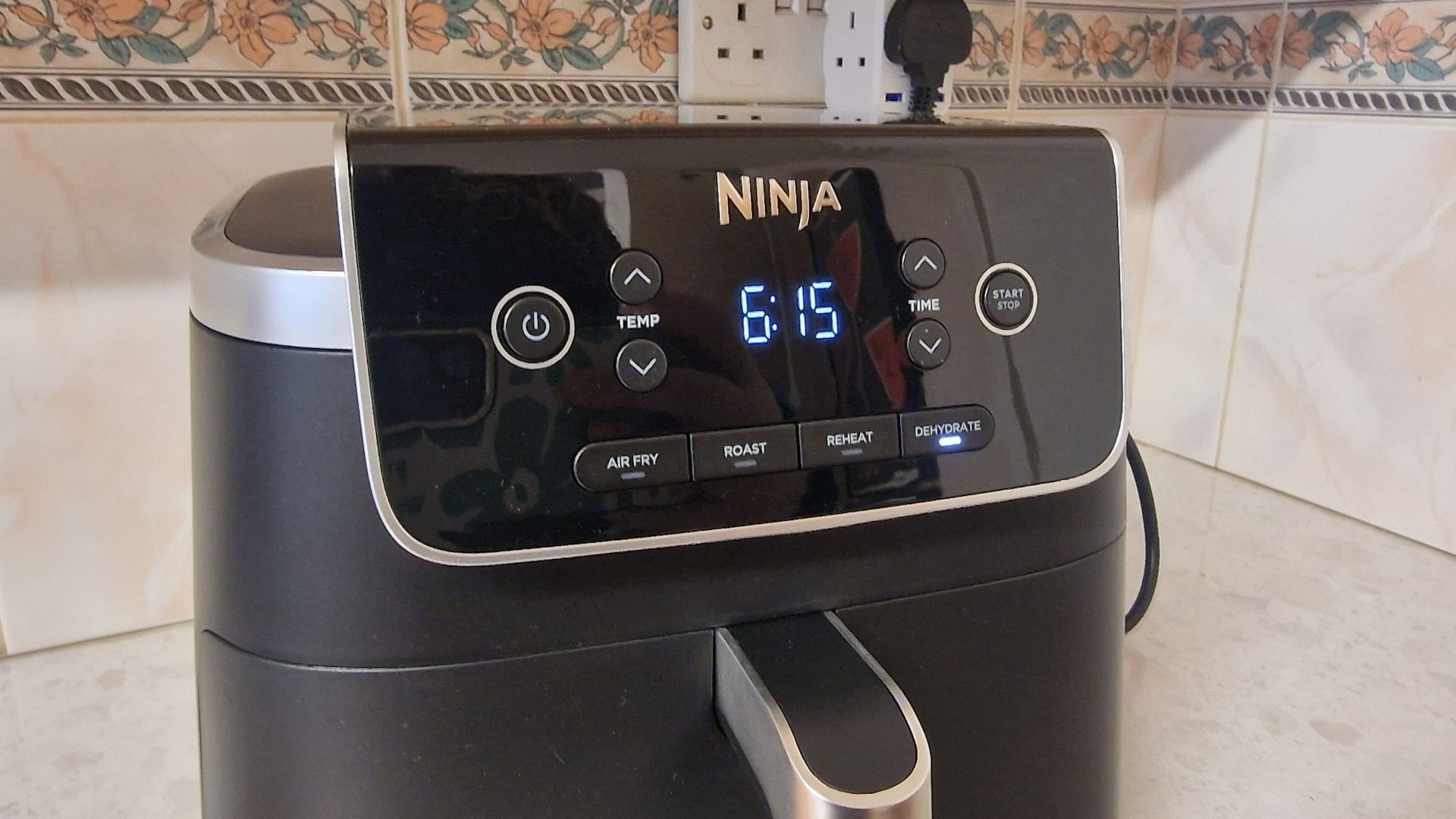
(Image: © Future)
Adequate ventilation is crucial for air fryer safety. Always maintain at least 15cm (6 inches) of clearance between your air fryer and the wall or any other objects.
Never position the appliance directly against a wall or cabinet, as this blocks the exhaust vents where hot air escapes.
Additionally, keep it away from your stovetop or other heat sources, as external heat or open flames could damage the air fryer or create a fire hazard.
3. Keep the top clear
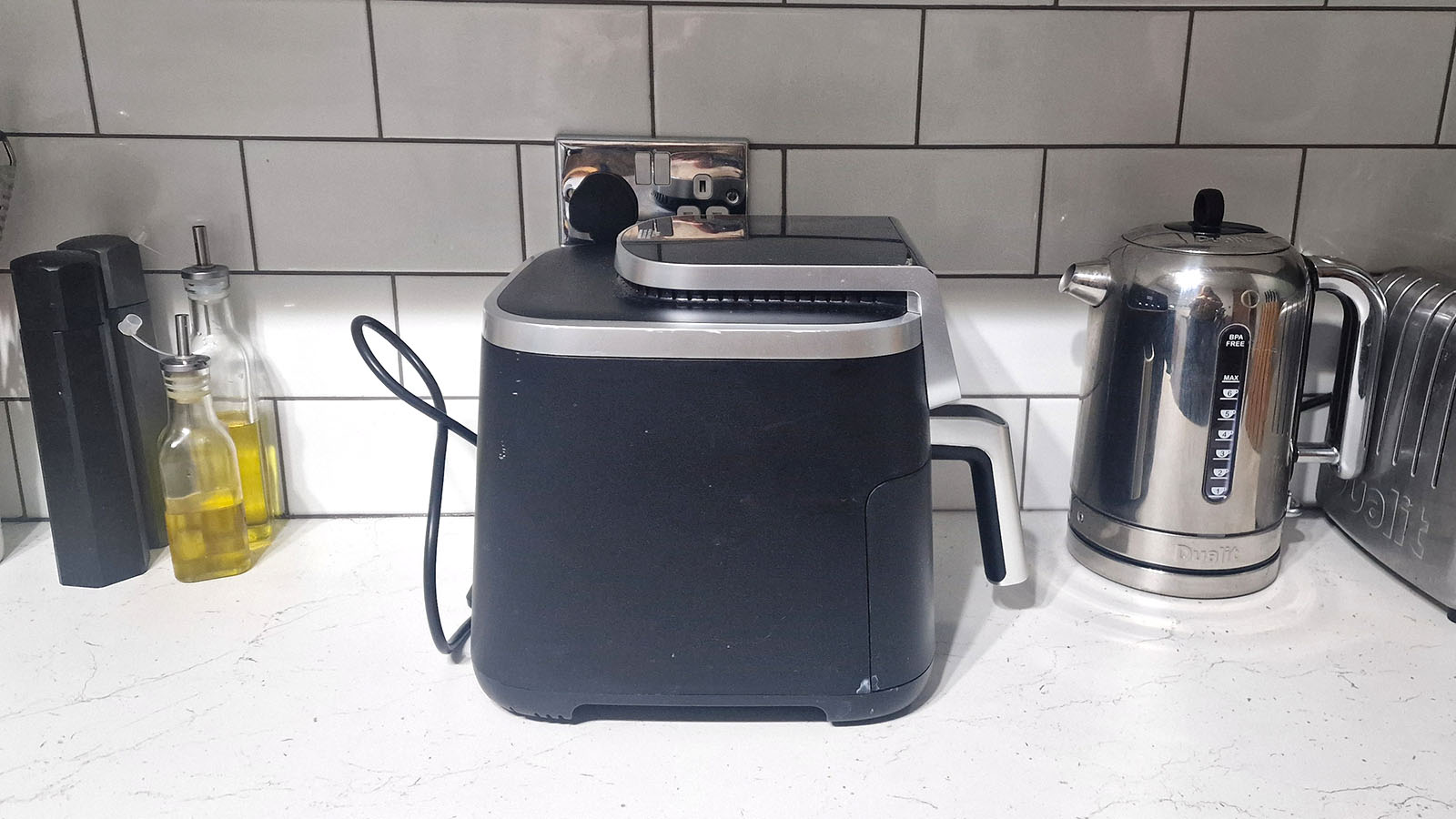
(Image: © Tom’s Guide / Millie Fender)
The top of your air fryer houses important ventilation components that release hot air during operation.
Never place objects like paper towels, cookbooks, or storage containers on top of your air fryer, even temporarily.
These items can block airflow, forcing the appliance to work harder and potentially causing overheating.
This restriction not only affects cooking performance but can lead to long-term damage and shortened lifespan.
4. Use the correct accessories
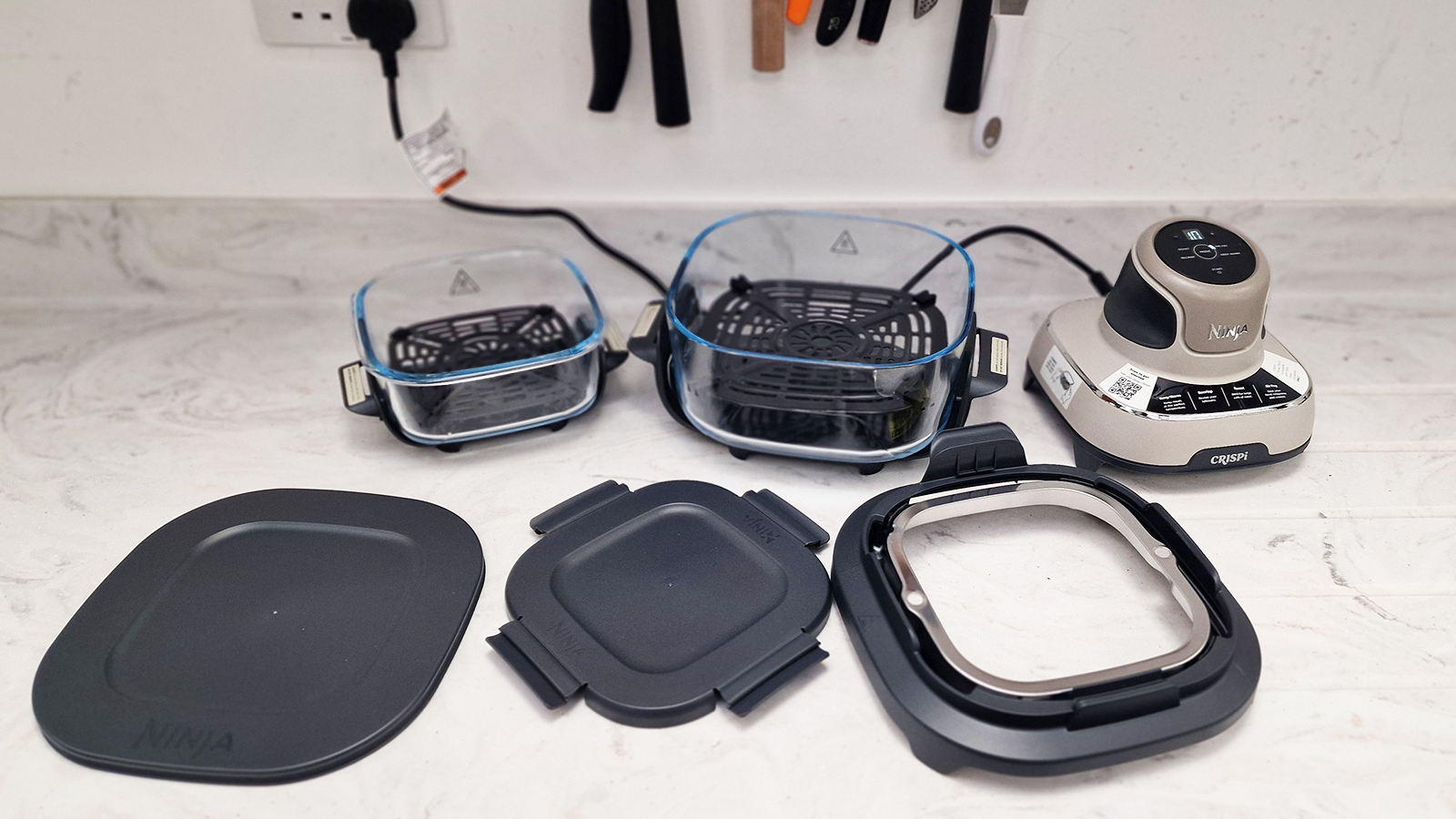
(Image: © Tom’s Guide)
Always use accessories specifically designed for your air fryer model. Universal or improvised accessories may not fit properly, potentially damaging the appliance or creating safety hazards.
When inserting accessories, ensure they don’t touch the heating elements and that there’s sufficient space for air to circulate freely.
Proper accessories enhance your cooking options while maintaining safety and efficiency.
5. Don’t overfill the basket
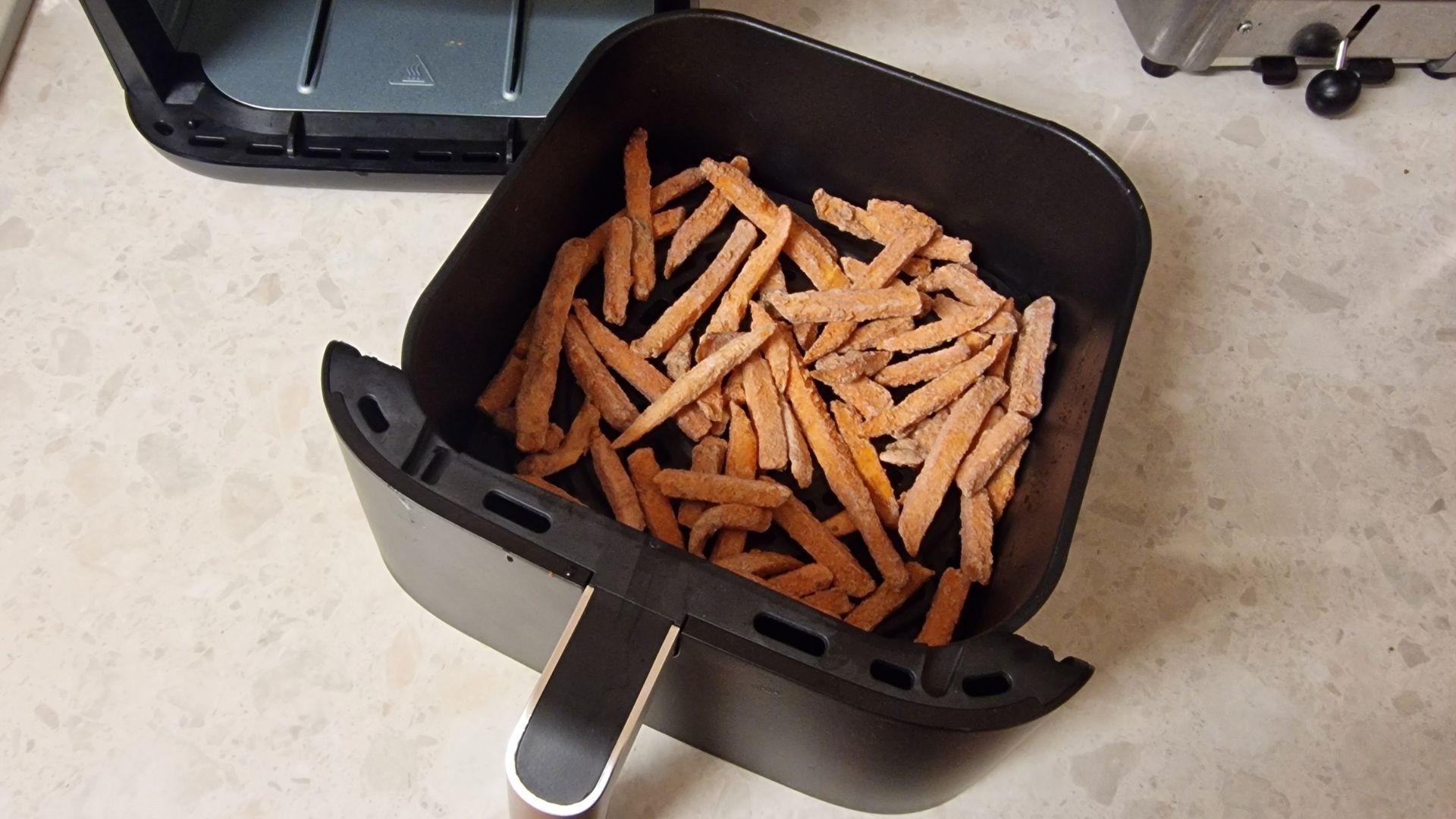
(Image: © Future)
One of the most common air fryer mistakes is overcrowding the cooking basket. Always follow the manufacturer’s capacity guidelines and avoid filling the basket beyond the recommended limit.
Overfilling restricts airflow, which not only results in unevenly cooked food but can cause the appliance to overheat. More critically, if food touches the heating element, it can create a fire risk.
For best results and safety, cook in smaller batches if necessary.
6. Avoid excessive cooking oils
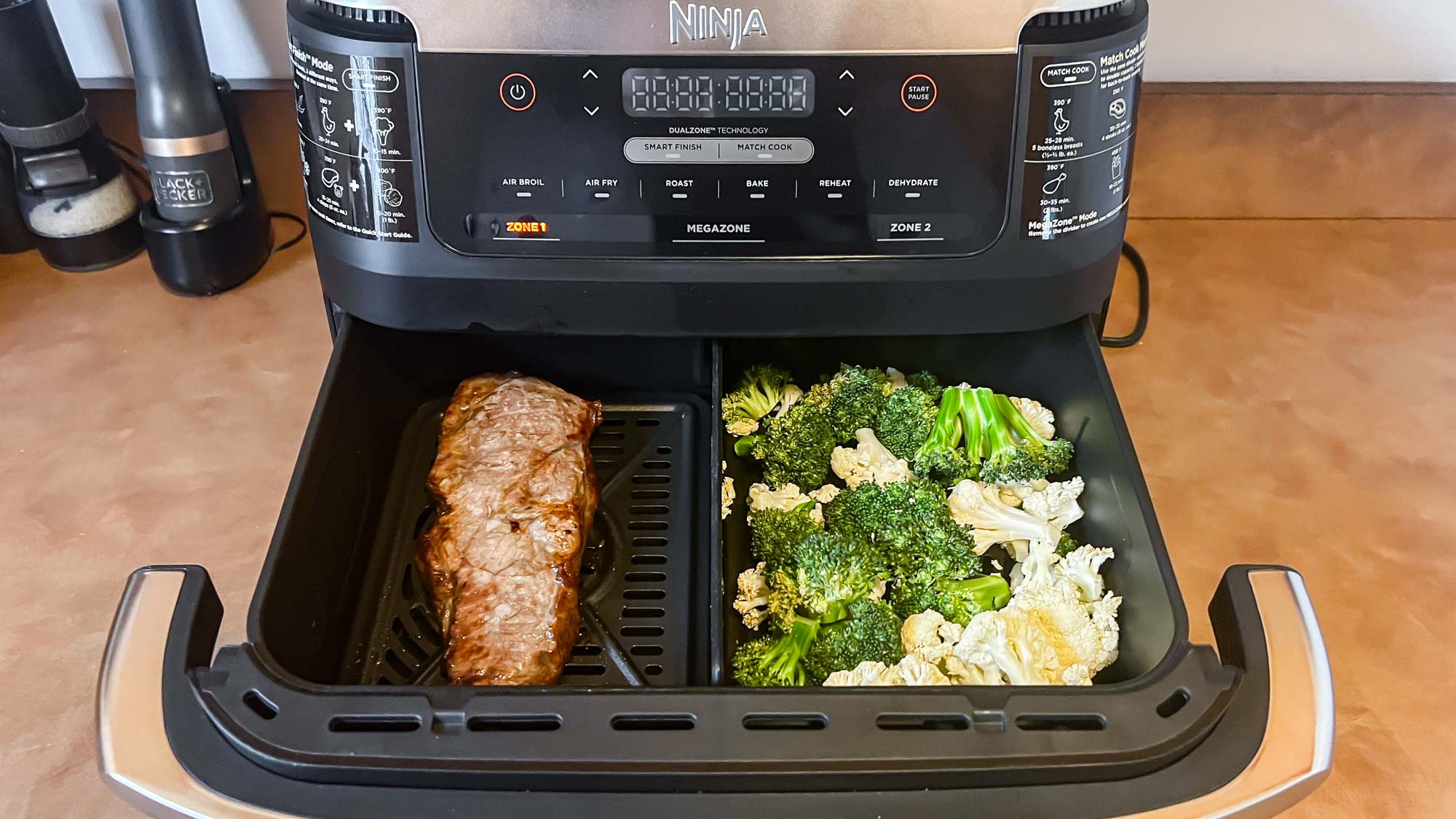
(Image: © Tom’s Guide)
While air fryers are designed to cook with minimal oil, how you apply that oil matters. Traditional cooking oils can smoke or splatter at high temperatures.
Since air fryers cook using circulating hot air, excess oil doesn’t get absorbed by the food and can accumulate in the bottom of the basket.
Instead of pouring oil directly into the basket, use a light oil spray or brush applied directly to the food. This provides the desired crispiness without risking damage to your appliance.
7. Store properly after use
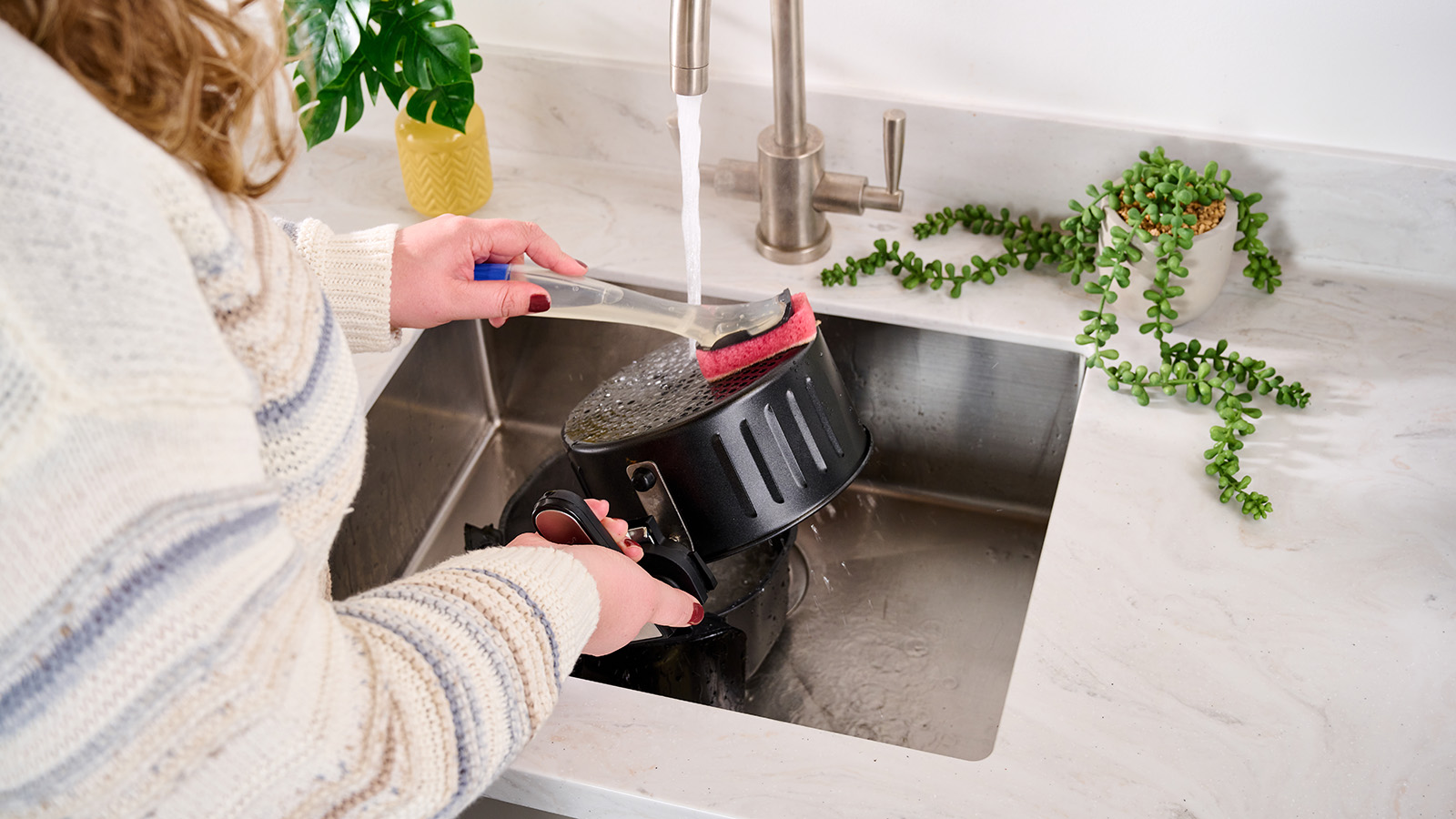
(Image: © Future)
Always allow your air fryer to cool completely (at least 30 minutes) before cleaning or storing it. Once cooled and cleaned, store it in a dry place away from moisture.
If you keep it on your countertop, ensure it’s positioned away from the stove, sink, or any other heat or water sources. Proper storage prevents damage and ensures your air fryer remains in optimal condition for years of safe cooking.
By following these simple safety guidelines, you can enjoy all the benefits of air frying while protecting your appliance and your home.
These precautions take just moments to implement but can significantly extend the life of your air fryer while preventing potential hazards.
Now that you’ve learned how to safely operate your air fryer, why not explore some of our other articles related to this appliance?
Take a look at how to clean an air fryer’s heating element and 5 foods that always taste better in the air fryer. And if you’re interested in how to restore your air fryer’s non-stick coating, we’ve got you covered.
Get instant access to breaking news, the hottest reviews, great deals and helpful tips.

